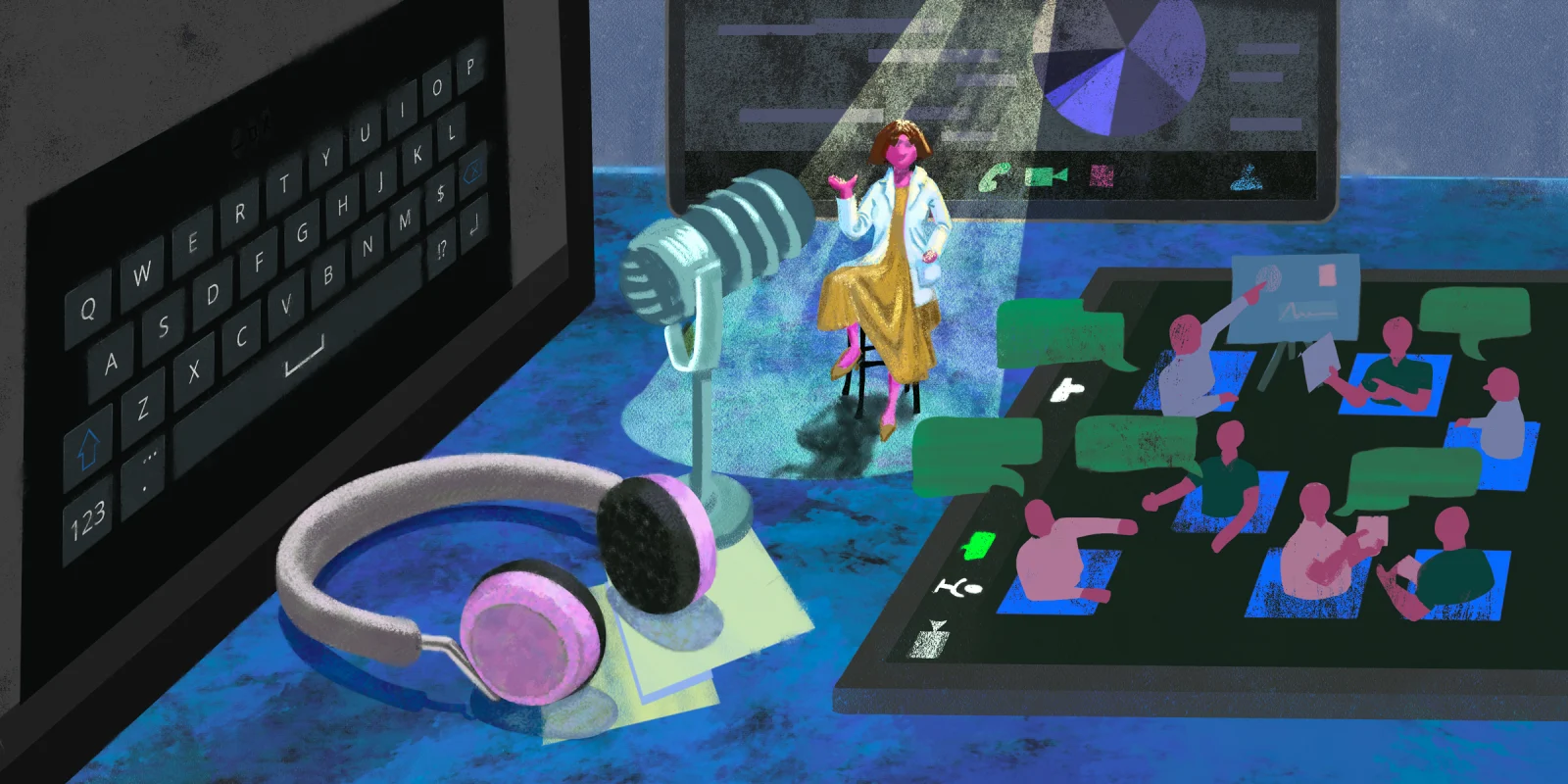In the operating room the other day, one of my resident physician colleagues asked me, “How do you maintain all of your basic knowledge AND keep up with all of the new developments in the field as an attending?” My response to him was to stay engaged in scholarly activity. To meet new people, look for new discussions, identify new lectures, and pursue novel research. We do that by participating. By attending local, regional, and national conferences such as the Society for Critical Care Medicine’s Critical Care Congress. My first year attending was 2022. I was looking forward to traveling to Puerto Rico but appreciate the herculean effort of converting the entire conference into a virtual event. The schedule was filled with updates, controversies, reviews, and basic science. Whittling down the program, I focused on the research component. The first day was almost more than I could digest with hours of discussion sharing recently released research.
SARS-CoV-2 continues to present many challenges for the critical care community. With it, however, has come a wealth of medical research. Listening to a presentation about diaphragm protective ventilation by Dr. Heder de Vries was fascinating as we continue to move forward from the landmark ARDSNet ventilation trial. Early research began with barotrauma, volutrauma, atelectrauma, and biotrauma. Initial ventilator titration focused on plateau pressures and tidal volumes. More recent research has targeted driving pressure in an ongoing effort to provide lung-protective ventilation. The additional discussion of diaphragm protective ventilation, while appreciating the continuously developing application of point-of-care ultrasound, may further refine the way we look at mechanical ventilation.
Continuing research adds momentum and refines some of what is known (i.e., dexamethasone improves outcomes in certain patients with COVID-19) and further peels back the curtain revealing a new way to look at traditional practices. For instance, consider the application of temperature trajectories in patients with COVID-19. Based on a presentation by Dr. Sivasubramanium Bhavani, these trajectories may be associated with an increased incidence of specific pathologic complications. Therefore, various early aggressive treatment regimens may benefit patients differently with different temperature trajectory phenotypes.
Additionally, the “Year in Review: Anesthesiology” continued the discussion of COVID-19 treatment with a brief review of the COV-BARRIER study. This study investigated the safety and efficacy of baricitinib for treating hospitalized patients with COVID-19. For study inclusion, as baricitinib is an anti-inflammatory Janus kinase inhibitor, study patients were required to have positive COVID-19 serology and at least one elevated inflammatory marker. This international, multi-center study demonstrated a decreased all-cause mortality on days 28 and 60. These studies are thought-provoking and may ultimately influence the treatment regimen for COVID-19. Using research principles to identify new targets for therapeutic intervention and bringing them to bear in clinical medicine is what physicians have done for centuries.
This was only a tiny piece of the first day. It was a remarkably concise and compact aggregation of a tremendous amount of clinically relevant research. It will undoubtedly be increasingly difficult to synthesize all this generated data in the future. However, the clinically relevant application of this newfound research data will remain a foundation for ongoing critical care delivery. Critical care is precision care. It is personalized care, and it is laborious. Thankfully, when the time demand for critical care specialists is so high, we can rely on the continuing efforts of our researchers, academicians, and national societies to keep us abreast of new developments. We can come together during these conferences, gather new ideas for future research, supplement our knowledge and learn from one another; this is how we keep up. Here’s looking forward to another annual dose of research excellence at next year’s Congress.
Dr. Carness is employed by the United States Navy and has no conflict of interests to report.
Illustration by Jennifer Bogartz







